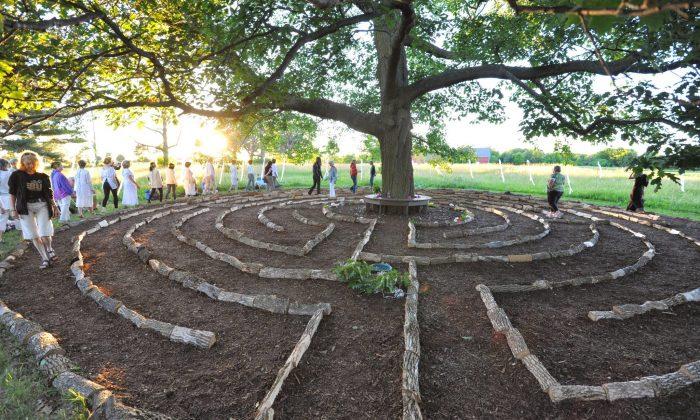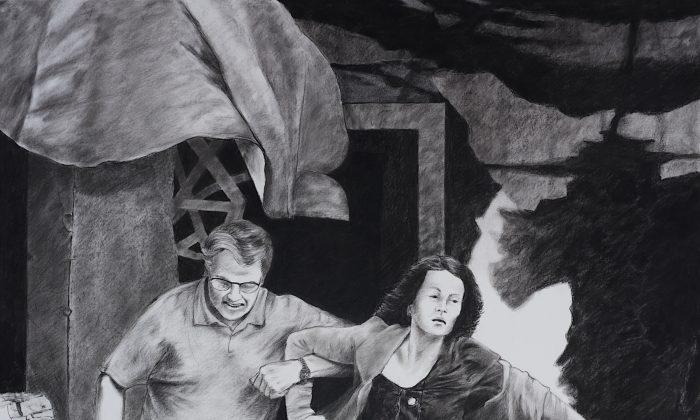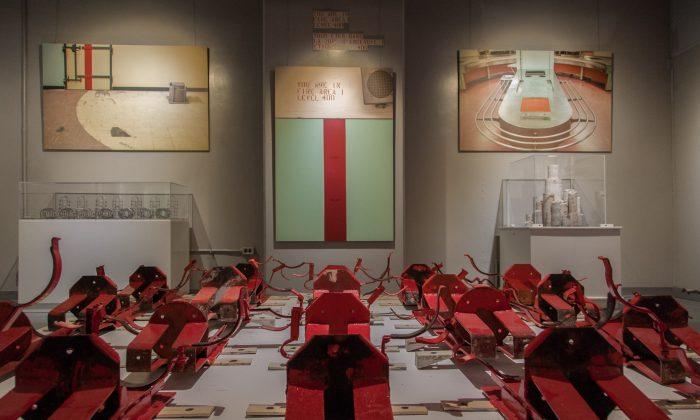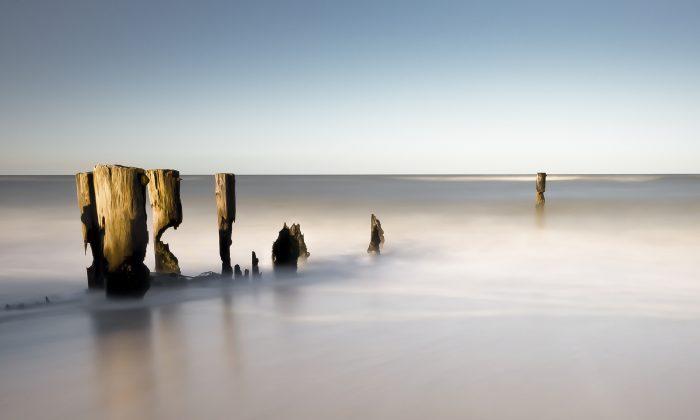Of all the world’s capitals, only Ottawa has a working farm in its midst.
The 128-year-old Central Experimental Farm, whose mission is to conduct research and support Canadian agriculture, spans 1,055 acres beside the Rideau Canal. Its properties include the Dominion Arboretum and the Fletcher Wildlife Garden, as well as several other ornamental gardens and greenhouses.
This summer, tucked into a back field of the Experimental Farm, are five small gardens, each one thoughtfully composed and designed in response to the farm’s historic mission. All five gardens demonstrate how much more there can be to a city garden when artists plant the seeds.
The five gardens are the work of Barbara Brown, Karl Ciesluk, cj fleury, Glynis Logue, Dierdre Logue, and Deborah Margo. The hard-working artists know their medium well—plants and the importance of plant life. In each garden, spiraling lines draw the visitor into the tale.
The artists’ work is an inaugural commission of the Canadensis Botanical Garden Society Ottawa, a volunteer organization advocating the creation of a national botanical garden on the grounds of the Experimental Farm.
Walking into the field, the first landmark to be seen is a large, old tree—a red oak tree more than 100 years old. In the shelter of its broad, spreading branches, artist Barbara Brown has drawn a seven—circuit labyrinth for visitors to walk quietly. Labyrinths are spiraling pathways bringing one into centre. Outlined in split ashwood, “Red Oak Labyrinth” is a classically designed labyrinth. There are no dead ends, no blind alleys. A hundred years ago, this tree was young and stood tall. Men were headed off to war then, too.
The artists’ gardens are sited in a wide loop E and W of the big red oak. Each garden is well marked by signage describing the work, its location in terms of the other gardens, and the artist’s intentions. In addition, the signage includes common and botanical names for all plant species presented.
“From Seeds to Soup: Meet the Cucurbita Family” is the work of Deborah Margo. The artist gathered seeds for 15 varieties of squash from community sources and planted them all along a trellised archway. Beautiful flowers and vines with broad leaves climb riotously up the trellis. By September, there will be a bountiful harvest of squash—squash to become bowls of soup, soup for all. In keeping with the recent custom of feeding street people from the bounty of urban guerrilla gardens, Deborah Margo is inviting all to share the feast on Sept. 27.
Artist cj fleury’s white picket-fenced kitchen garden is titled “Our Lady of Complete Protein.” She has planted millet and sunflower seeds, their pink and yellow flowers tumbling high and low. Then, remembering a Quebec farming custom of placing a crucifix in the centre of the field, the artist erected an image of “Our Lady of Complete Protein” in the centre of her garden. Its torso spirals with light. For her choice of millet and sunflower seeds, the artist claims inspiration from Frances Moore Lappe’s 1971 bestseller, “Diet for a Small Planet.” Some visitors will remember Vincent Van Gogh’s “Sunflowers,” too.
Across the field, beside a hill thick with staghorn sumac is an elegant garden titled “Mood Clusters.” It has been designed by artists Deirdre Logue and Glynis Logue as a quiet, scented idyll. Each planter contains a different herb, a different plant, all with beneficial properties. English lavender, for example, eases tension; dappled willow relieves headache; tri-colour sage maintains memory. The 20 planters have been designed and arranged—with seating for visitors—in the linked geometric shape of a serotonin molecule. Given the warmth of an afternoon breeze, “Mood Clusters” becomes a note of welcome calm. If only there were such respites in busy, noisy airports and hospitals. Well, couldn’t there be?
Karl Ciesluk’s work, on the other hand, quite specifically references the history of the Central Experimental Farm itself. “Mechanical Spiral” is a large spiral of cut grass, perhaps one-fourth of an acre. Its path walks the visitor back toward the haystack sitting at the centre of the spiral. Vehicular traffic racing along the road beside the field disappears from view. The haystack is not that large, but, asks the artist: imagine the farmer cutting its grass by hand with a scythe. Imagine the farmer bringing the hay over to that red barn at the edge of field. Or, one might imagine, too, if the land had remained prairie grasses, or forested. What was here before?
The Central Experimental Farm, a National Historic Site, was established by Parliament as one of 19 research stations throughout Canada. Today, its research focuses on cereal grains and oil seeds. The artists and their thought-filled gardens, however, suggest wider horizons are possible.
The farm and its properties are beloved by the citizens of Ottawa, for whom it is a park right at hand and always available for strolling. On a summer’s afternoon, the farm’s arboretum and ornamental gardens offer shade and quiet, plus butterflies to delight the eye. Bicycles loop around its paths.
This summer, people walking about the farm will find even more.
Beyond the Edge: Artists’ Gardens, curated by Mary Faught and Judith Parker, is on display until Sept 28, 2014.
Maureen Korp, PhD is an independent scholar, curator, and writer who lives in Ottawa. Author of many publications, she has lectured in Asia, Europe, and North America on the histories of art and religions. Email: [email protected]





